London is a city of about nine million people. Thanks to a combination of Roman walls, Victorian buildings, post-World War II reconstruction and continuous regeneration, it has many roads, subway lines and trains and is certainly not the most intuitive city to navigate. However, along with programs, good mapping, signs and a little patience, you can visit almost the entire city by public transport. Here are private rail companies and transport to London – that’s all you need to know about each mode of transport and the most important ticket system.
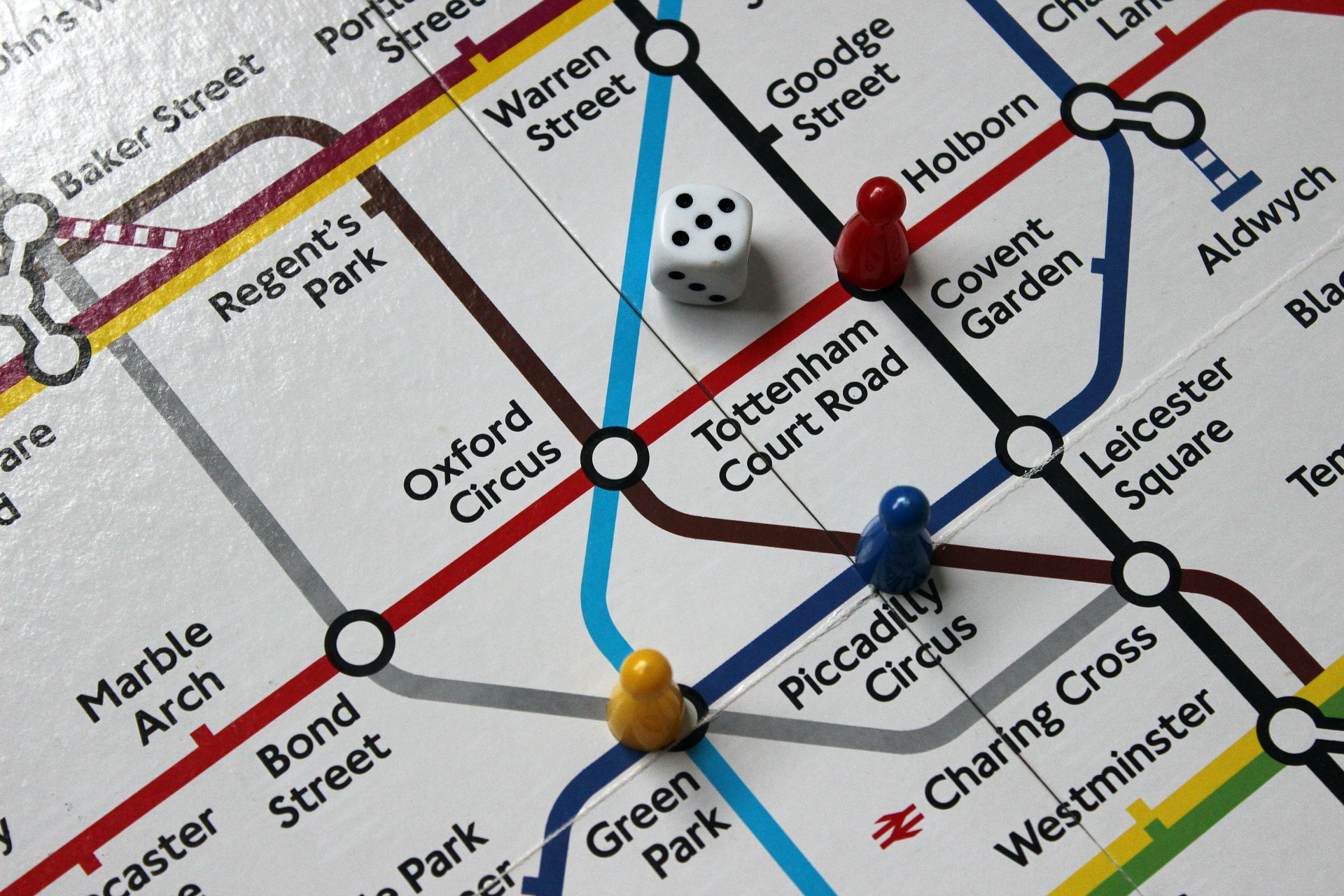
London Underground
The London Underground or “Tube” is a city subway that runs through 11 different colored lines, with only about 45% of the metro network actually operating underground. Despite endless upgrades and engineering work requiring weekend closures and escalator failures, the Pipe is generally the fastest and easiest way to get around the city.
Beware, though, some stations, the most famous being Leicester Square and Covent Garden, are actually much closer than they appear on the map, and traveling underground between them will take much longer.
The subway runs from about 5 a.m. to 1 p.m., but when your last train departs depends on the line and the day of the week. Several lines (the Victoria and Jubilee lines, plus most of the Piccadilly, Central and North lines) run all night on Friday and Saturday to return home (on the so-called “Night Trumpet”), with trains every ten minutes or so.
Tip: The Piccadilly Line stops near some of London’s key attractions and areas – Piccadilly Circus, Covent Garden, Hyde Park Corner and Knightsbridge – and runs from all Heathrow Airport terminals.
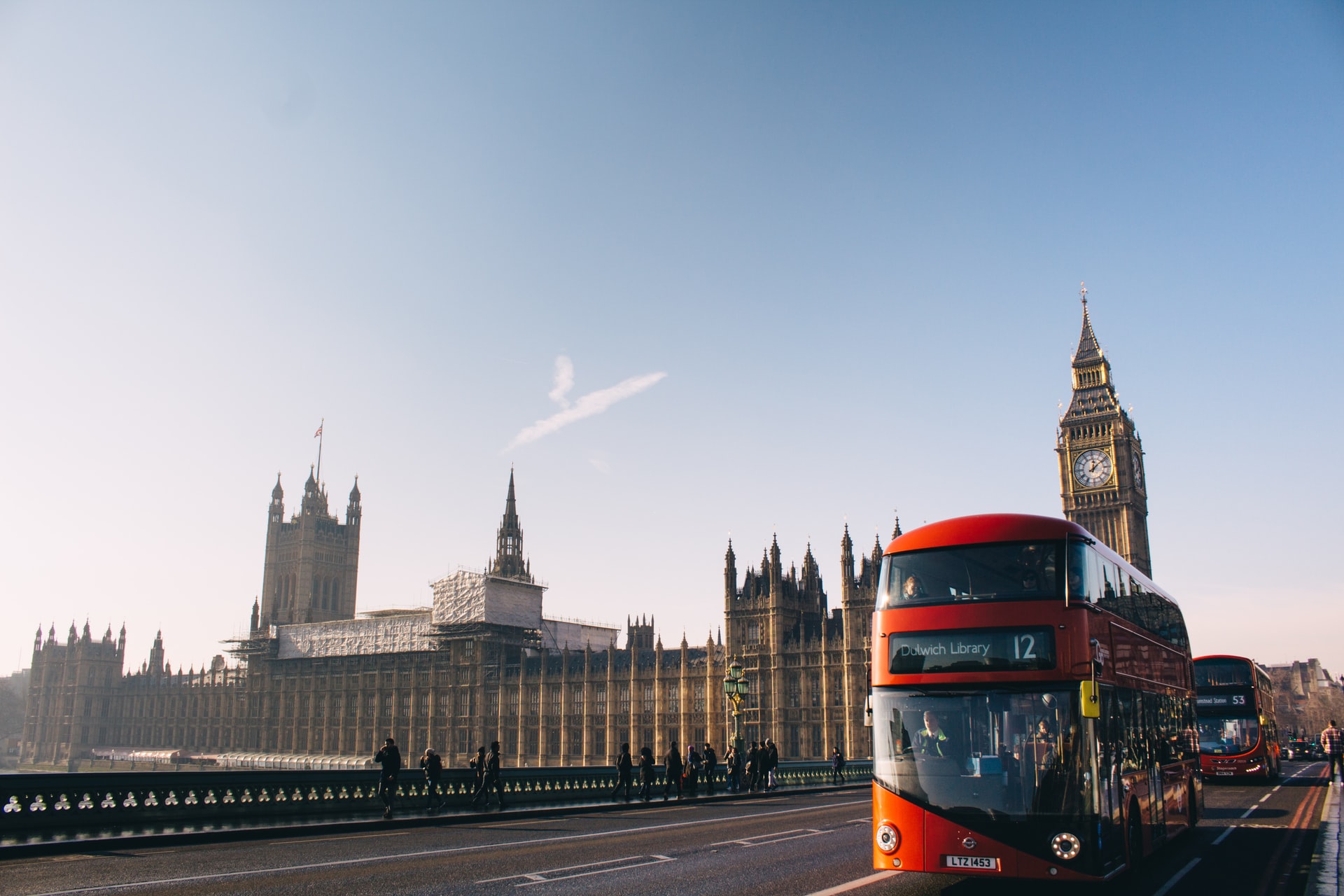
Bus
London’s ubiquitous red double-decker buses offer great views of the city, but keep in mind that traffic can be slow, thanks to traffic jams and dozens of passengers who get on and off at each stop. Each stop has excellent bus maps detailing all routes and destinations served from that particular area (usually several bus stops within a two to three minute walk shown on the local map).
Bus connections are usually open from 5 am to 11:30 pm. Many bus stops have LED displays indicating the time of arrival of buses, but downloading a program such as Citymapper to your smartphone is the most effective way to track the time when the next bus should arrive.
The best advice for getting on the bus: if you want to take the old London buses, look for bus route 15, which uses the classic double-decker buses Routemaster, which connects the Tower of London, St. Paul, Strand and Trafalgar Square.

On foot
London is too big to realistically cover on foot, but once you get to the area of interest, you can’t beat the walks to explore the area properly. A good map or GPS is recommended, as the winding streets of London can quickly disorient. Bridges regularly cross the Thames, and there are two pedestrian tunnels under the river: one in Greenwich and one in Woolwich.
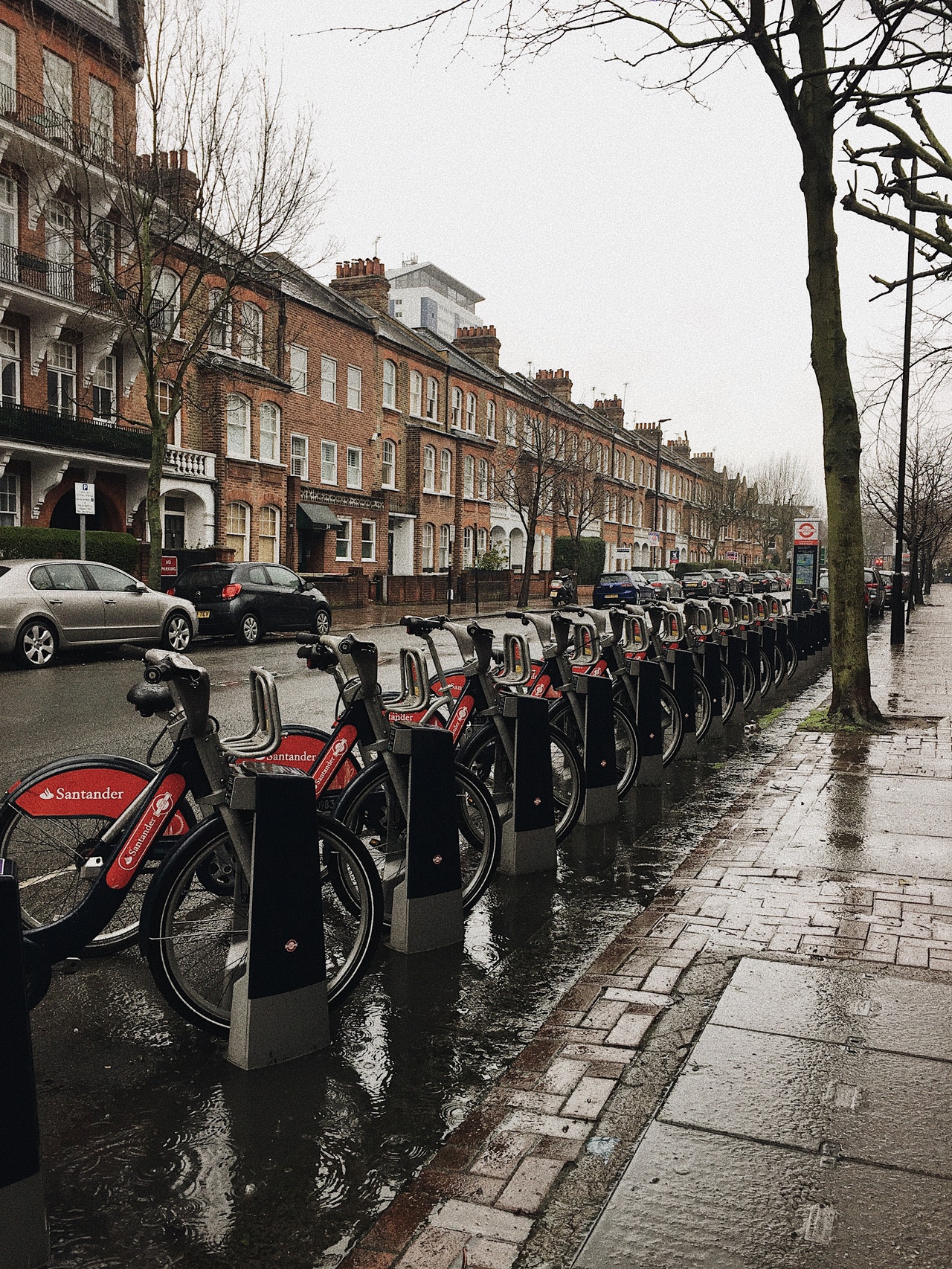
Bicycle
Cycling is usually a good way to get around the city, although for less confident cyclists, traffic can be intimidating, and it’s important to follow the rules. Authorities have worked hard to improve the cycling infrastructure by opening new “bicycle superhighways” for passengers, while the public Santander Cycles bike rental scheme is particularly useful for visitors. There are bike rental points throughout the city, and it costs £ 2 for unlimited trips of up to 30 minutes and £ 2 for every additional 30 minutes. It is also a great option for exploring parks, along the Thames and cable cars.
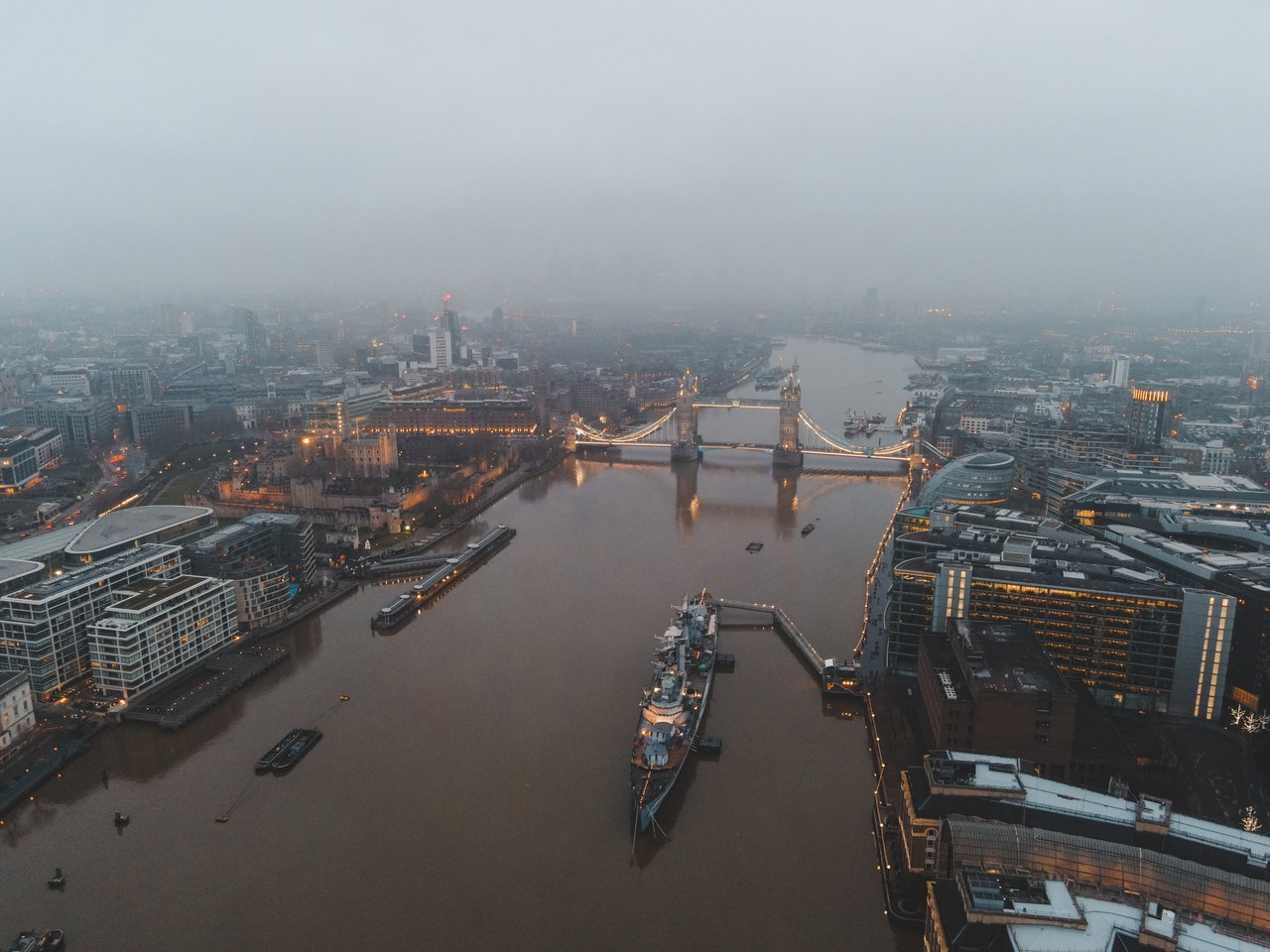
Boat
Several companies operate along the River Thames; however, only Uber Boat from Thames Clippers really offers travel services to the city. It’s fast, nice, and you’re almost always guaranteed a place and a view. Thames Clippers regularly ply between the waterfront, Waterloo (London Eye), Blackfriars, Bankside (Shakespeare’s Globe), London Bridge, Tower Bridge, Canary Wharf, Greenwich, North Greenwich and Woolwich Pier. Tickets can be purchased at the docks or paid by Oyster card or contactless card.
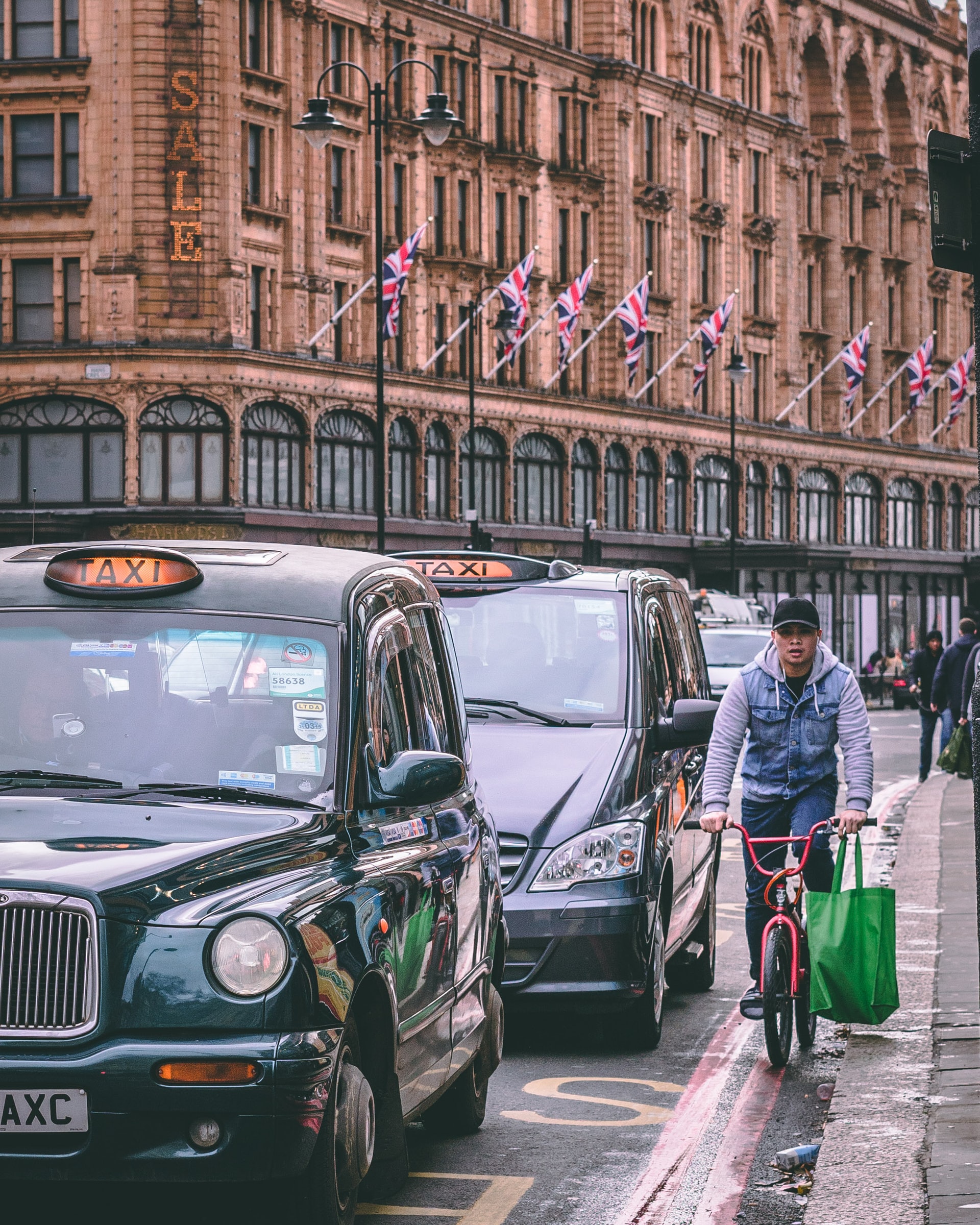
Taxi
Licensed black cab drivers have knowledge gained through three to five years of rigorous training and a series of exams. They should know 25,000 streets within a six-mile radius of Charing Cross / Trafalgar Square and the 100 most visited places at the moment, including clubs and restaurants.
Cabins can be rented when the yellow sign above the windshield is lit; just reach out to signal. The fare is measured, and the starting fee of £ 3.20 increases with an increase of 20 points per distance traveled or time, which varies depending on the fare used. You can pay for your trip with a credit or debit card.
Minicabs are cheaper alternatives to getting a black taxi, but they need to be booked in advance in the cab or in the app and cannot be welcomed outdoors. The fare is set in advance, not measured.
The best advice for taking a black cabin: Despite the name, not all black cabins in London are black! They are basically the same shape and have a yellow sign above the windshield, which reads “Taxi”.
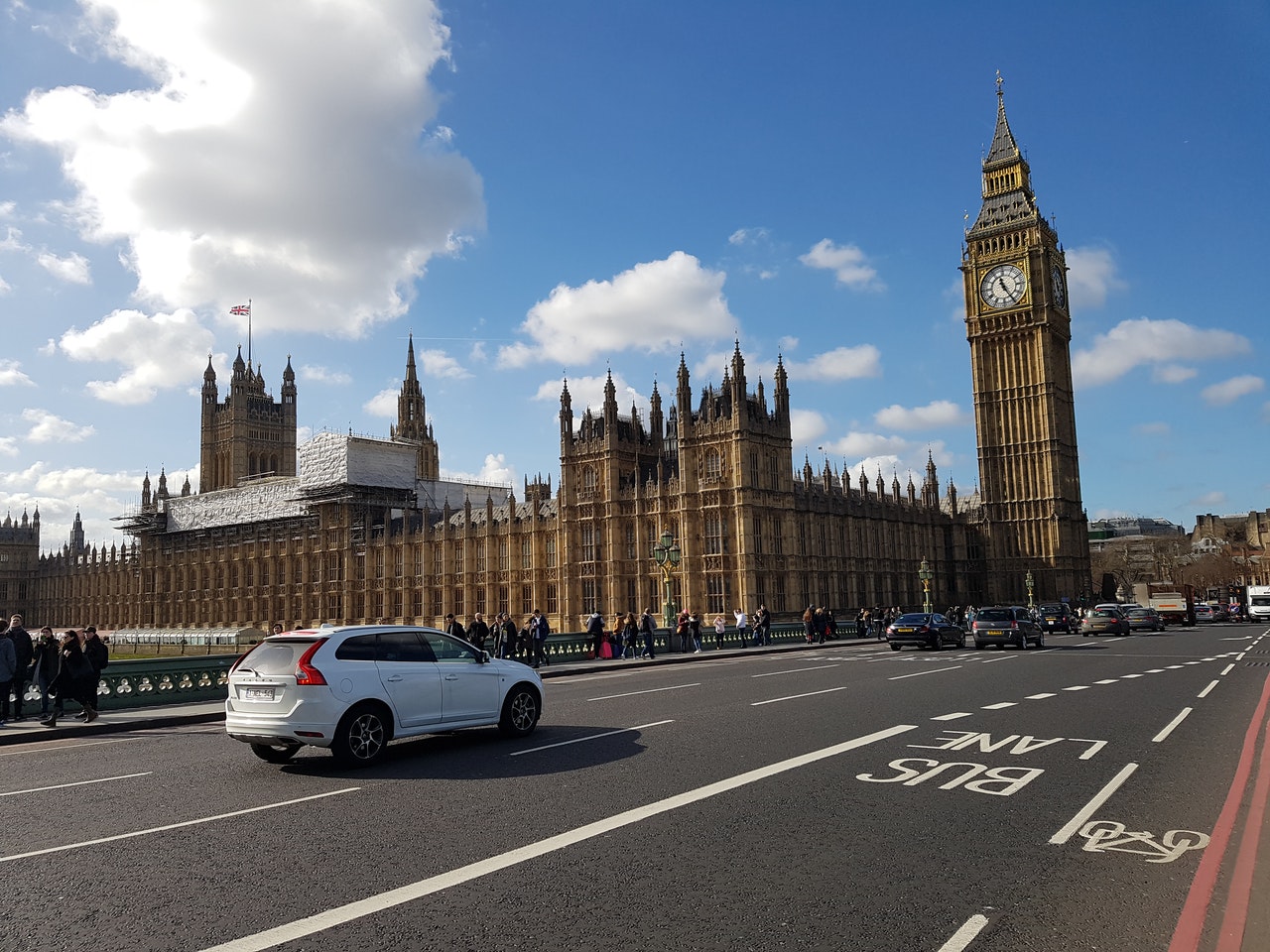
Car
As a visitor, you are unlikely to have to travel to London. Much has been done to encourage Londoners to get out of their cars and get on public transport, and the same deterrents should keep you off-road: surcharges and ultra-low emission zones (ULEZ), demanding parking fees, high fuel prices, Extremely effective road guards and ubiquitous CCTV cameras that capture cars parked (even for a moment) on double yellow lines or do not give way when they should … not worth it.
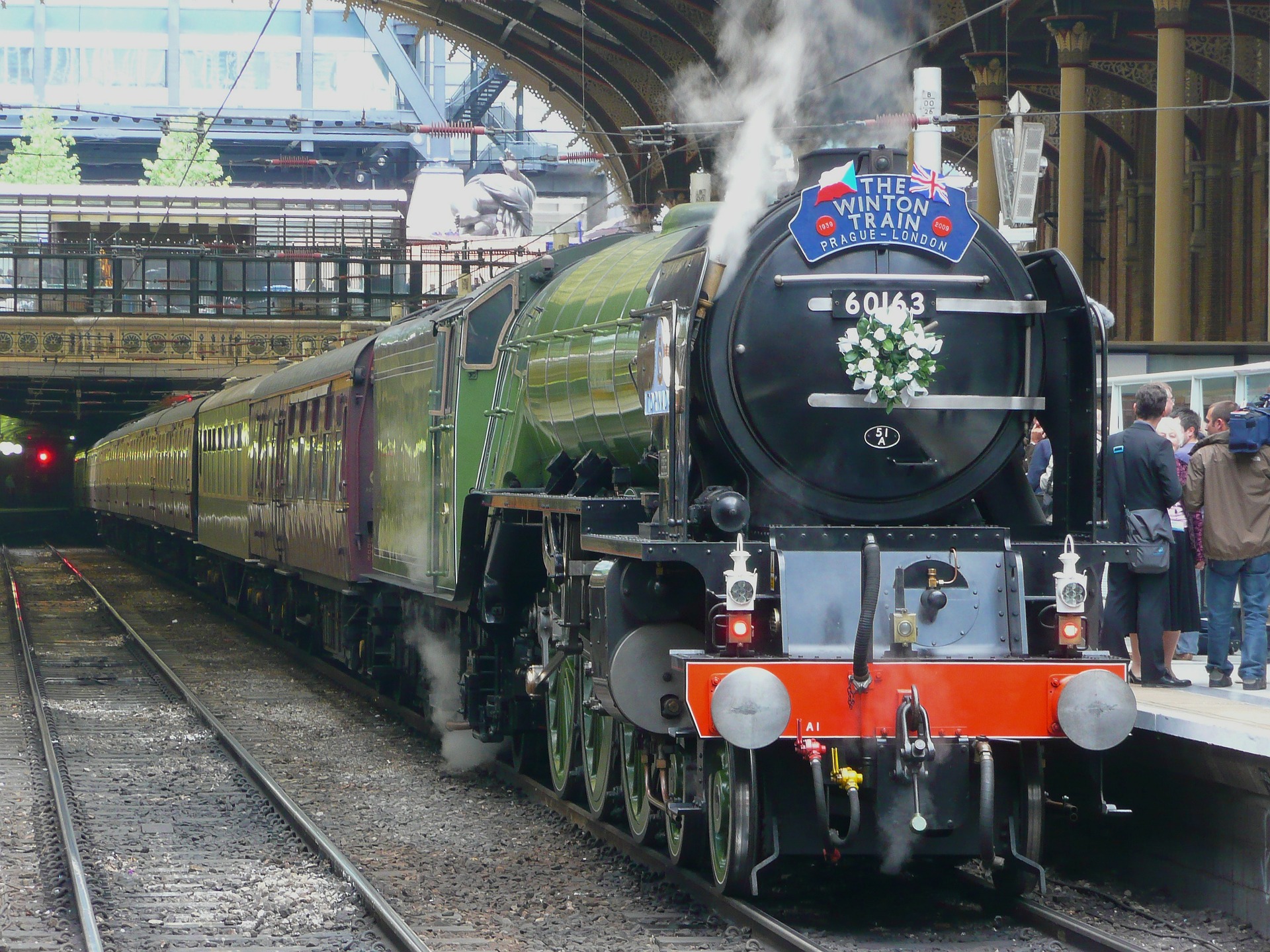
Overhead and railway network
The overhead train network is part of transport for London and operates outside central London (mainly outside Zone 1). There are also various private railway companies that also run out into the suburbs. The train network is especially good for any day trips from London.
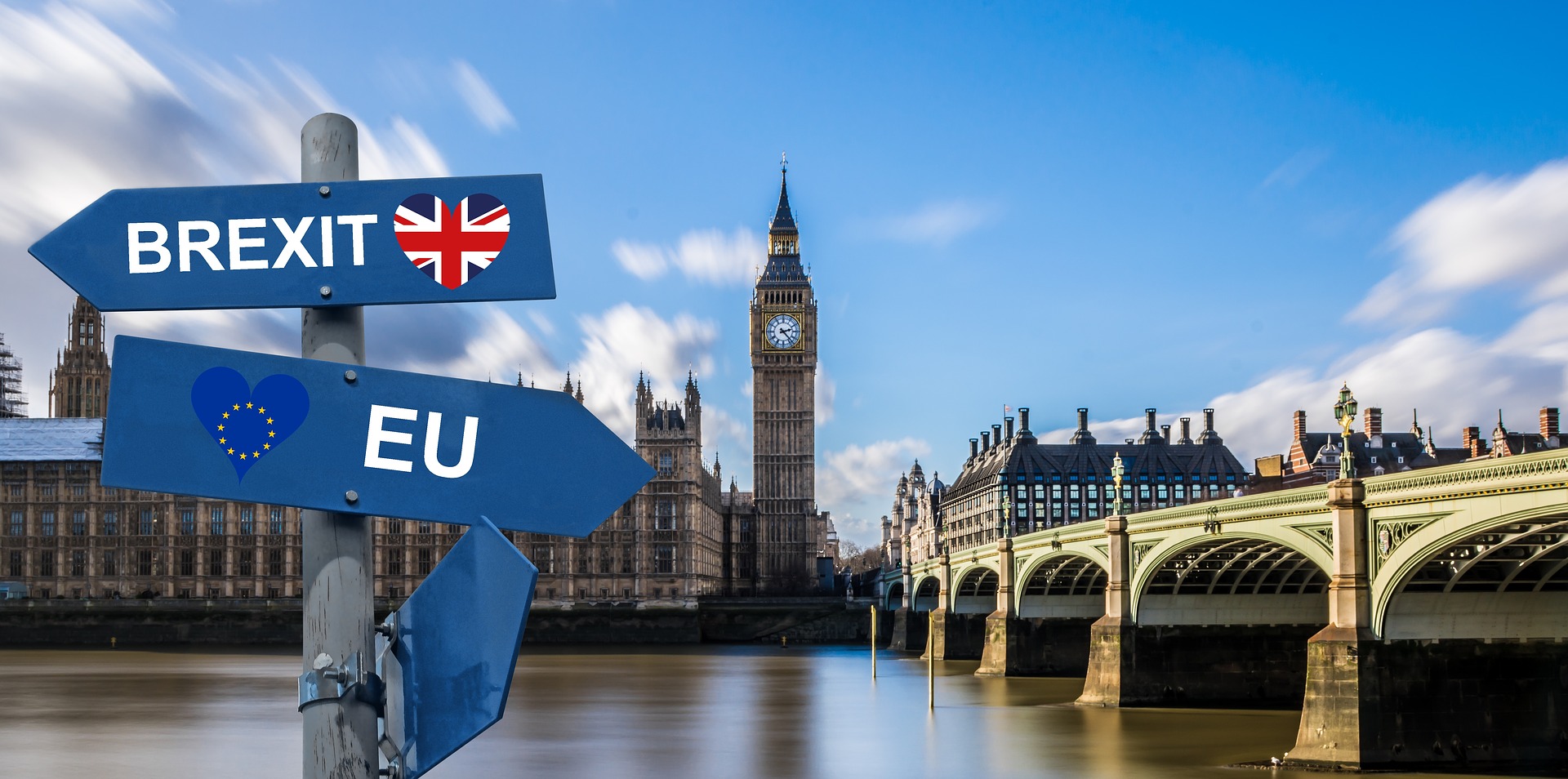
Transport is available in London
For travelers who need access, London is an unpleasant combination of inconsistent user convenience. All tram stops, Emirates Air Line and DLR stations have steady access, as do all Thames Clippers and most berths (with the exception of Cadogan Pier, Wandsworth Riverside Pier and London Bridge Pier). However, only about a quarter of metro stations and half of the above-ground stations have stepless access. This means that if you need to go through a junction in a network of pipes, you may find yourself in front of an unexpected ascent. There is also often a gap between the train and the platform that needs to be addressed. Before boarding a train, it is recommended to carefully plan and inform the employee.
Buses are a much cheaper option.
Transportation tickets, tickets and fares
Transport for London operates an integrated transport network in the city and is the best source of up-to-date travel information, including fares. Children under the age of five travel free of charge with a paying adult.
How to pay
You can buy tickets for one-time trips at the box office and self-service machines at most stations, but it is cheaper and much more convenient to use contactless, Oyster card or mobile payment using a smartphone.
Contactless: This is any credit or debit card that allows contactless payments. The cost of the trip will be automatically deducted from your account, but be aware that transaction fees may be charged abroad.
Oyster Cards: These are prepaid rechargeable cards that can be topped up. They are sold at most stations and in many newsstands (£ 5).
Bus travel: all buses are non-cash, ie you need to have a ticket in advance or pay by contactless card or Oyster card at boarding. You will pay a fixed fee no matter how long you are on board.
Tourist areas for subway and railway
The city’s pipeline and rail systems are divided into zones, radiating outwards from zone 1 in the center to zone 9, as an outer section in Greater London to the north (it reaches zone 6 to the south). Fare is limited, so if you use one card / device during the day and travel through the zone system, you will pay a reduced Travelcard rate. If you are traveling by train outside the zones, perhaps for a day trip to the coast or beyond, you will need to purchase a train ticket.

